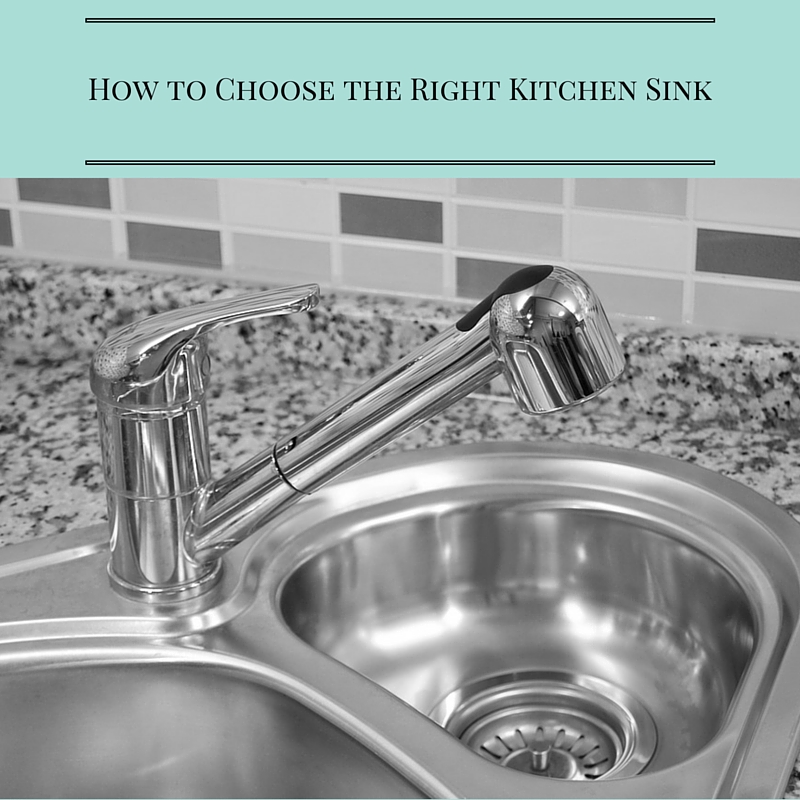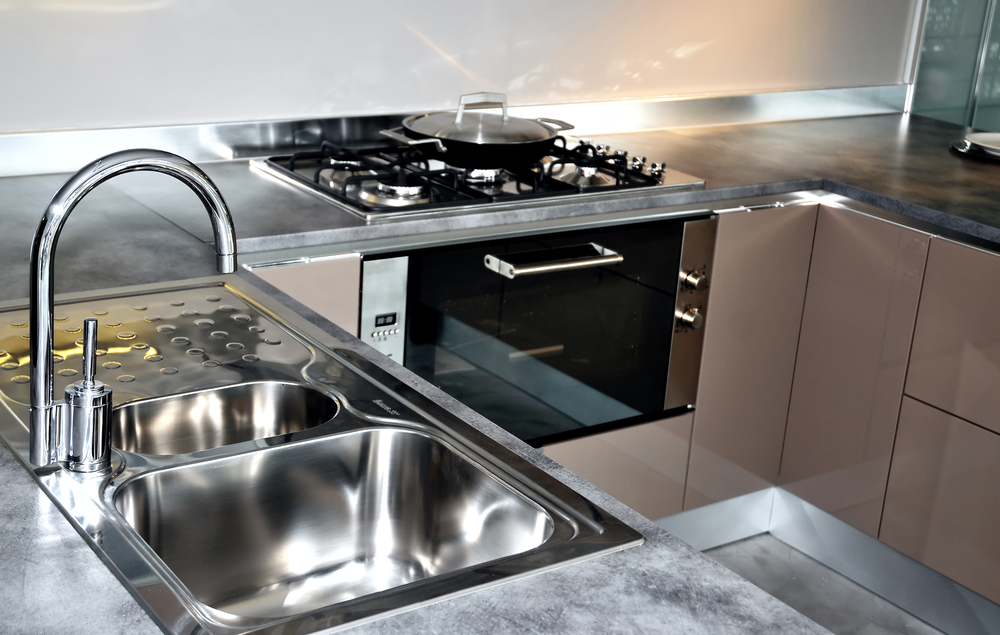The sink is the most used and necessary part of every kitchen. Think about how frequently you reach over to wash your hands or clean up as you are cooking. If it has been a while since you’ve upgraded the sink in your home, you may not know about all of the options that have become available over the last few years. The plain square or rectangular stainless steel basins built into most older homes are no longer the only option when it comes to a replacement or total kitchen remodel. After considering the following few design factors, it will be easier to choose the right sink for your home.
Questions To Ask Yourself
Narrow down your options by asking the following important questions about your new sink:
- What type of installation is needed and are there any restrictions?
- Which size and configuration fits best with your space?
- What is your ideal type of sink material?
Three Types Of Sink Installations
- Drop-in – The easiest type to install requires a cutout in the countertop. A sink is fitted on top of the base cabinet into the empty space and supported by the flanges. It does leave a tiny space at the edge where the sink and countertop meet that can easily catch debris.
- Flush Mount – Tile edge sinks are basically the same as the drop-in, but the countertop is tiled so that it sits flush. A grout line seals the tiny gap between the edge of the sink and tile.
- Undermount – Working from beneath the countertop, the undermount sink is supported by the cabinet or left hanging with the support of fastening devices. It doesn’t leave any areas that moisture or food would get stuck when cleaning.
Kitchen Sink Configuration and Size
Figuring out the right size is going to rely mostly on the available space you have to install the sink. The configuration is the shape of the bowl, number of bowls, the shape of the corners, and number of faucet holes. It’s possible to install a corner or single-bowl sink to conserve space if size is restricted. A large kitchen might accommodate multiple-bowls of varying depth.
Sink Material
Choosing the right material is a matter of personal taste as well as key features of each option.
Weigh the positive and negative traits of each of these different sink material options:
- Acrylic – An economical and low-maintenance acrylic sink easy to mold into any desired shape and it resists stains. They are usually reinforced with fiberglass to ensure that they are also durable.
Cons include intolerance to high heat and the necessity to avoid petroleum-based products because it can cause damage. - Cast Iron – If durability is a major priority, cast iron finished with a porcelain enamel coating is going to provide a serious benefit. Although it will eventually accumulate scratches, chips, and normal wear, it is very easy to fix. It’s a good idea to stick to the undermount application rather than a drop-in because the material is heavy.
Cons include the chance of showing rust if wear or chips leave the material exposed, and it is not compatible with abrasive cleaners. - Fireclay – Rather than form the primary structure the way that cast iron does, fireclay is the base used to support a matte or glossy clay-based structure. It’s a type of ceramic that is fired at a high temperature to provide durability.
Cons include requiring a very careful installation to avoid cracking, and some options are on the expensive side. - Stainless Steel – The stainless steel material that has been used for decades remains a top choice for most people because it is sleek and durable. It’s easy to clean, affordable, and resistant to damage from dropped dishes.
Cons include showing water spots if not properly cleaned and dried after use, and the chance of visible scratching if a polished finish is installed.
Below are the a few of the manufactures we carry:
Call us to schedule an appointment to visit our showroom so that we can help you make important decisions about your new sink installation.


